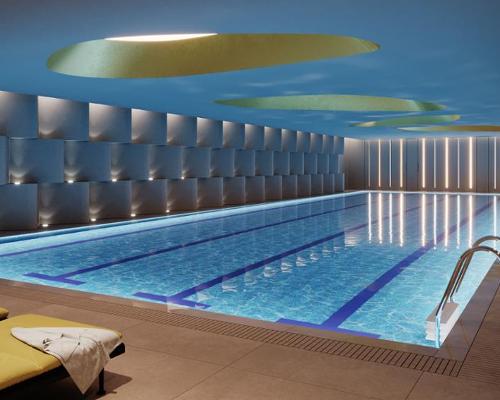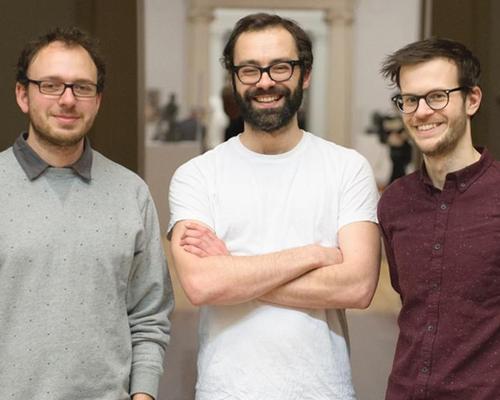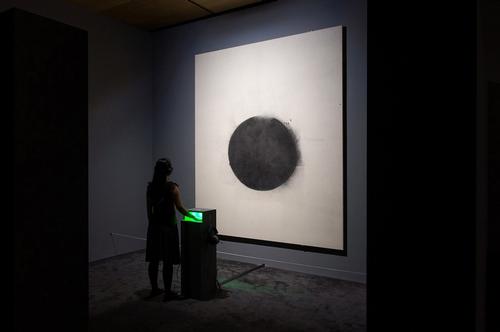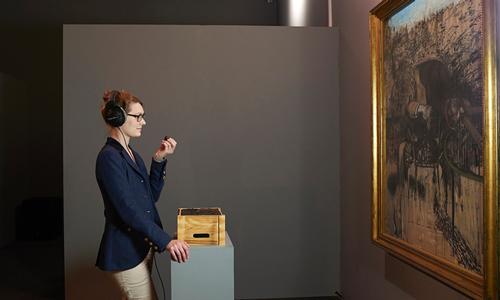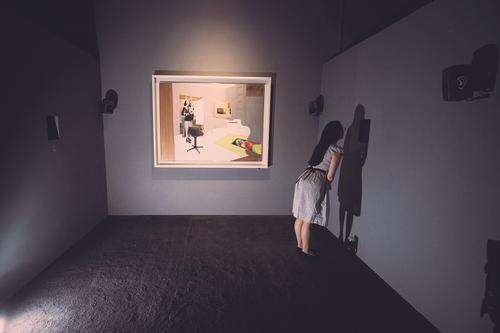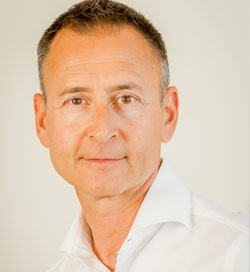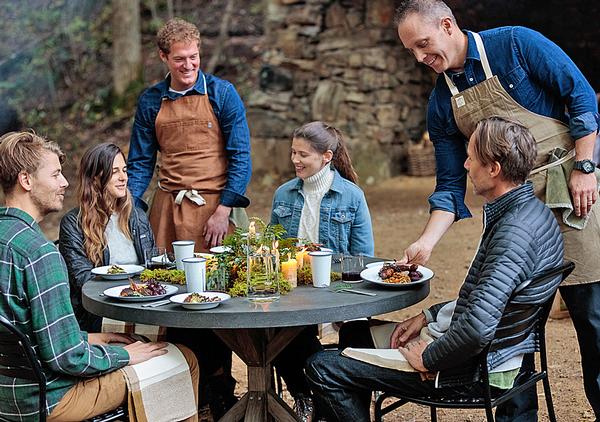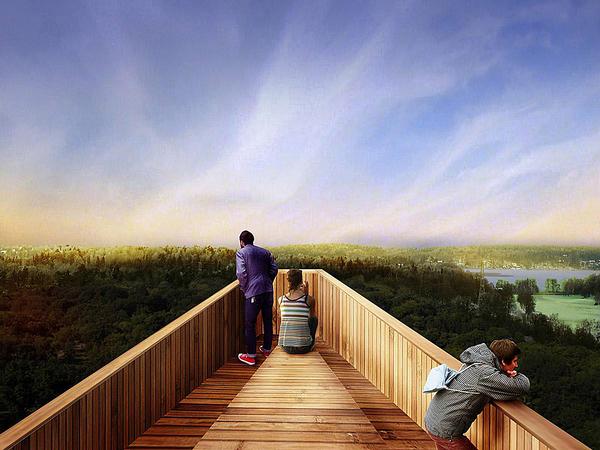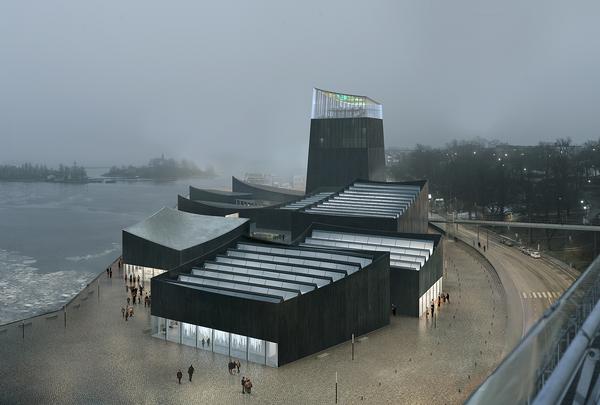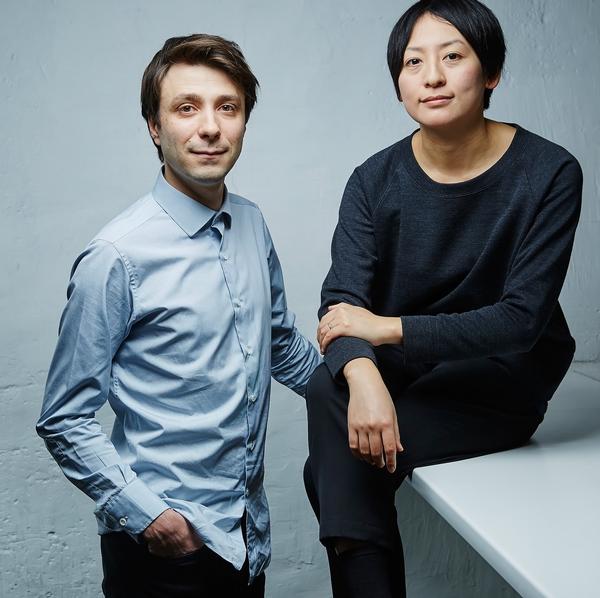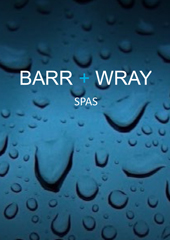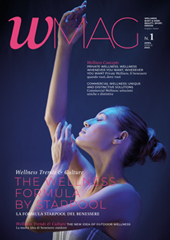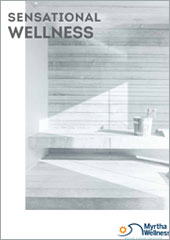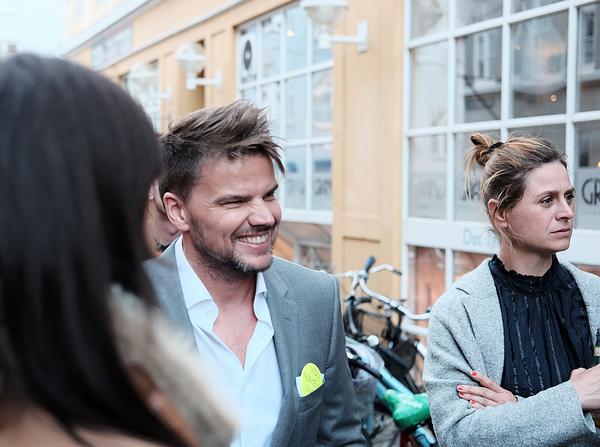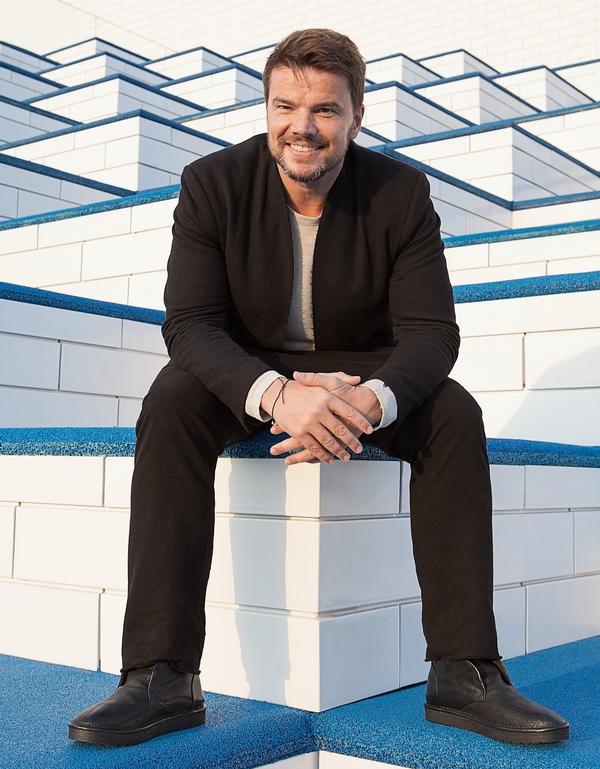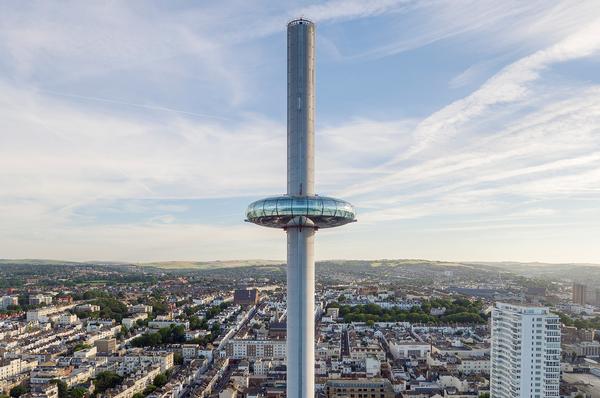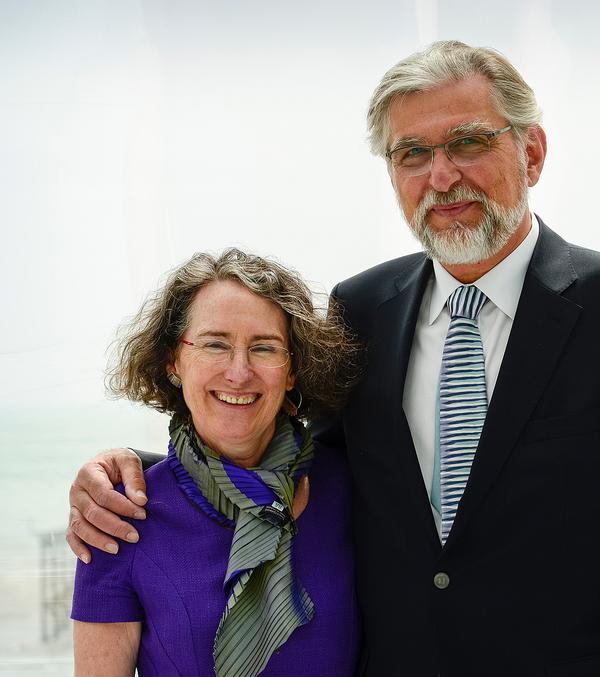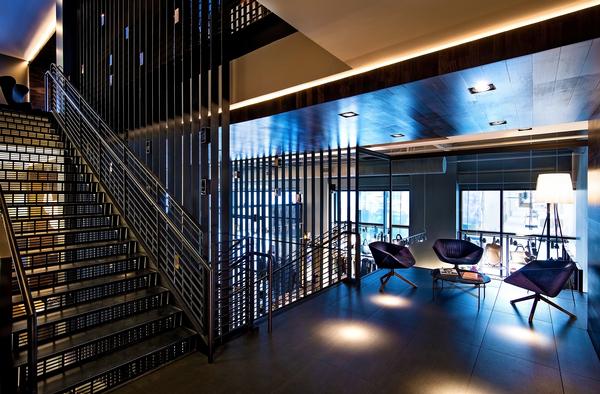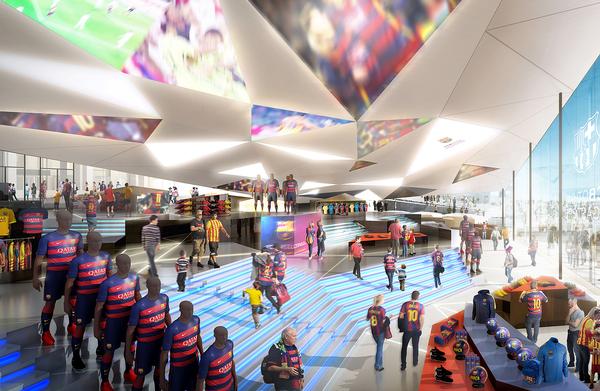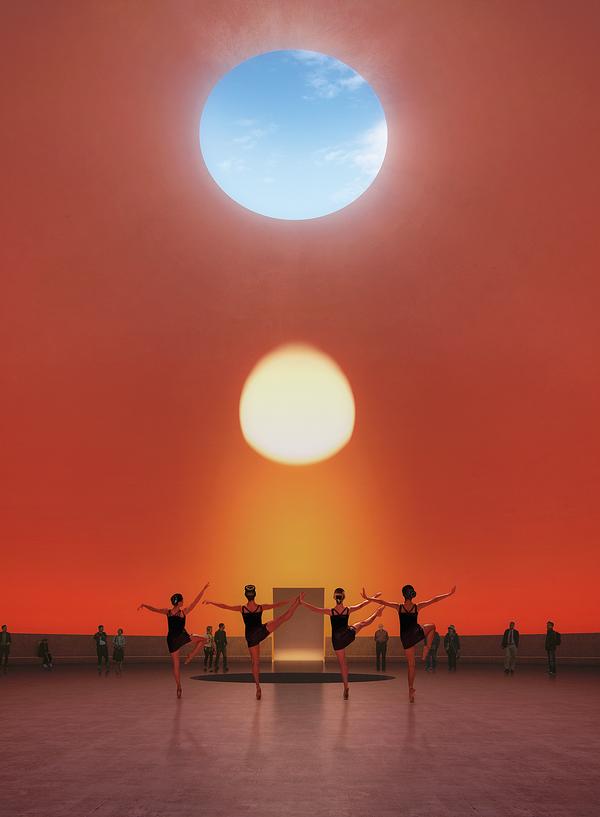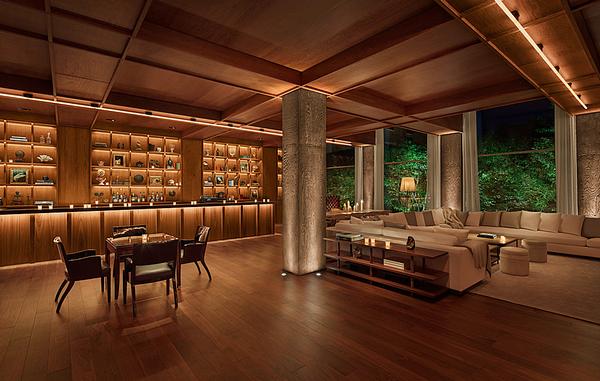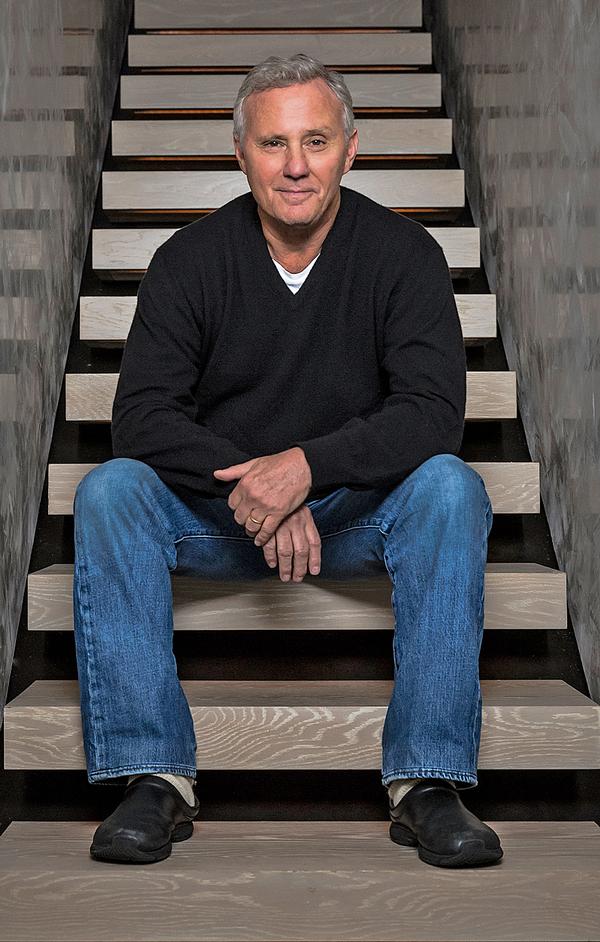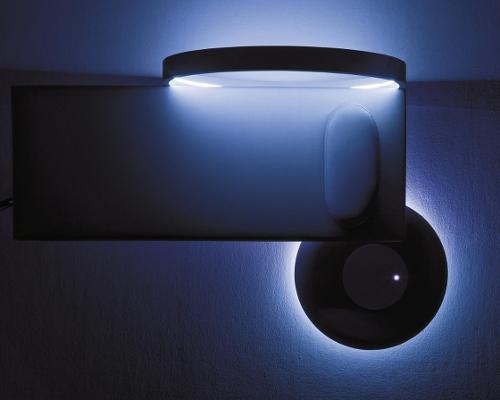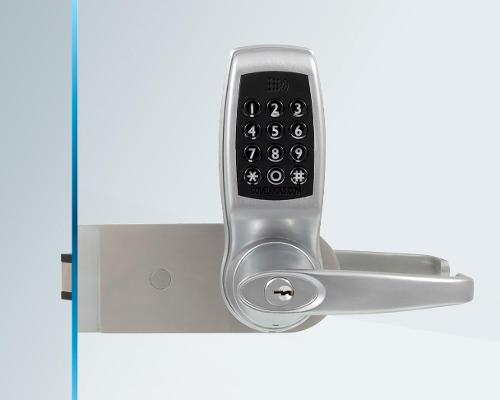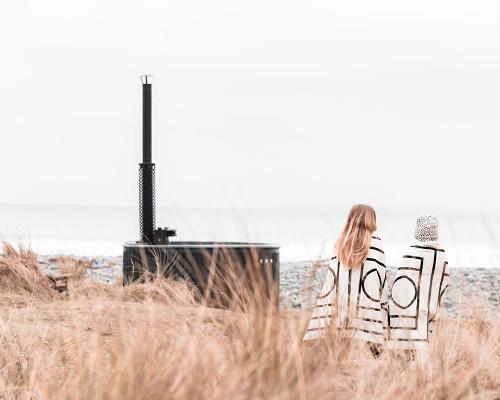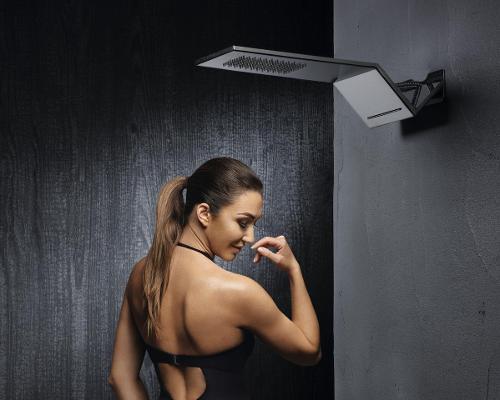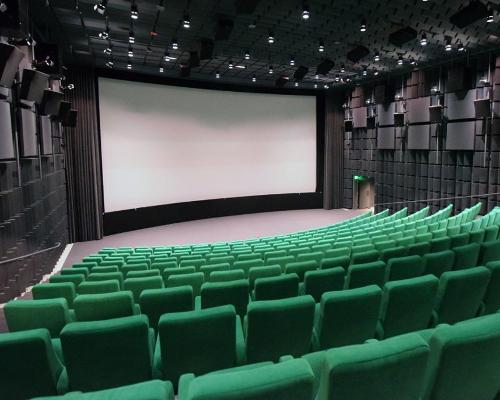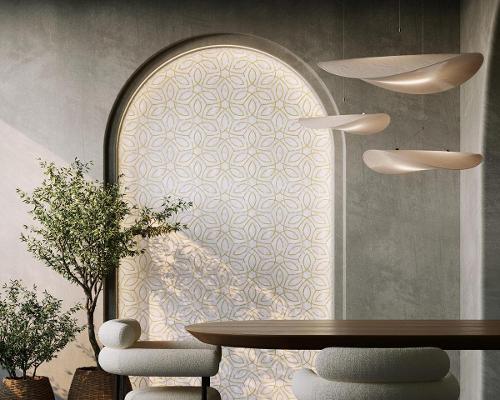Art you can touch, taste and smell: Designers explore how multi-sensory spaces can create personal experiences
Peter Law, creative producer at design collective Flying Object and creator of Tate Britain’s IK Prize-winning Sensorium, has outlined how multi-sensory spaces can be used to create unique personal experiences.
Sensorium – which utilised experts in sound, taste, scent and touch, combined with lighting and theatre elements – ran until September 2015 at the Tate Britain in London as a multi-sensory experience centred around four famous artworks.
"We had an idea, about how sensory apparatus affects how you see the world,” said Law, speaking at the Museum Association’s Museum Tech show in Manchester last week. “We came up with an idea based on cross-modality combining your senses. What if a gallery space, which by choice is very visual, was played around with a bit? We played with that to give new jumping off points to experience works of art in a different way.”
The intimate experience, which allowed four people to enter at a time, stimulated the noses, hands and tongue, using edible chocolate, perfumed scents, haptic ultrasound touch and 3D soundscapes to create something unlike anything seen, heard or even tasted before, immersing visitors in those works and creating an added layer of depth.
“We had three key rules to begin with,” he continued. “We wanted to make experiences that were really easy for people to get, we wanted to get the space for them to have their own opinions and nothing that was crushingly obvious, and finally we wanted to make sure what we were doing was relevant to the paintings.”
Paired with the new multi-sensory experience, as people entered the 10sq m (107sq ft) gallery, they were provided with wristbands to record electrodermal activity.
“We wanted to give people another way to look back on their experience,” continued Law. “The wristbands we gave visitors measured their reactions essentially the same way it would with a lie detector – it’s a reliable measure of what’s going on inside.
"After leaving the Sensorium, visitors were given their graphs, which showed how their body responded to certain elements and how strongly they responded to each. This was the thing people used as a tool to talk about the experience and to compare and contrast with their friends.
“All they had was a graph telling them if they were excited but it's truism and we all love to be told things about ourselves. They walked out quite thrilled with their graph, their data, their simple little story. In this instance it was an expensive particular project, but these are the things to take away from that, those personal experiences that you can give to your visitors using a multi-sensory experience.”
Multi-sensory Sensorium Tate Britain Museums Association MA Museums Gallery Haptic Immersive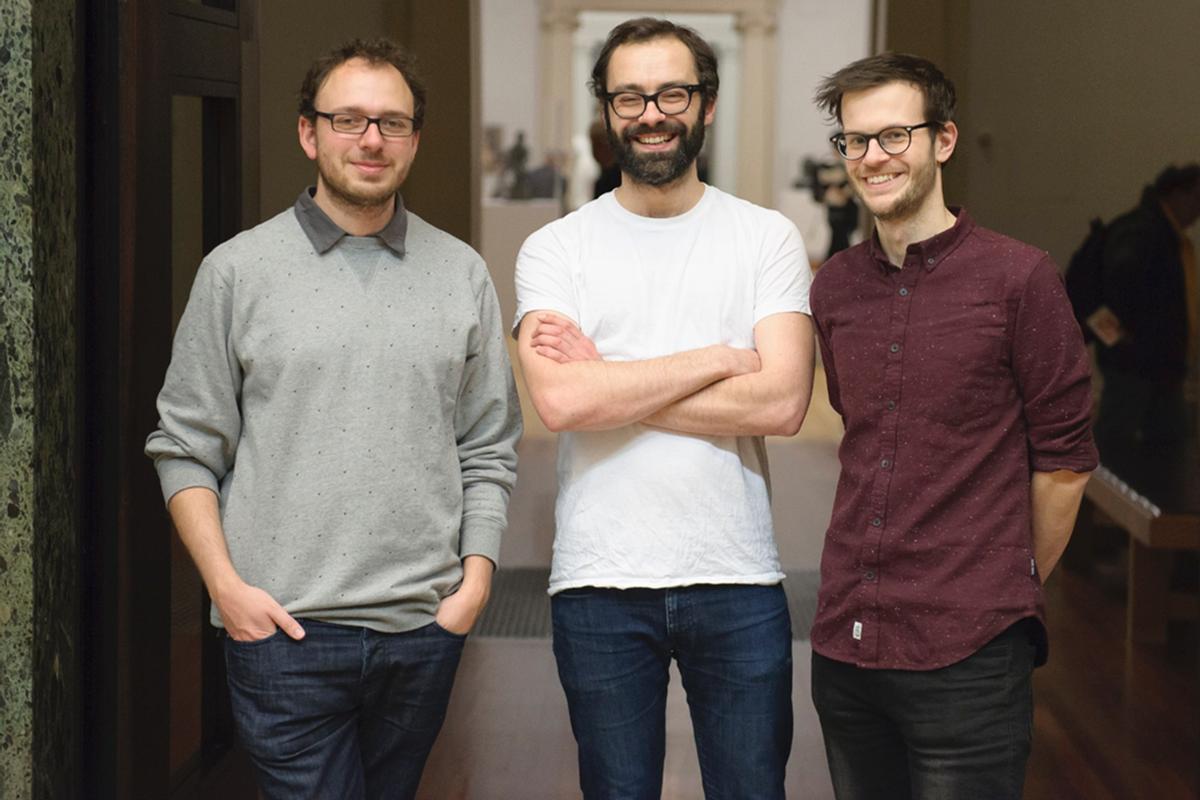

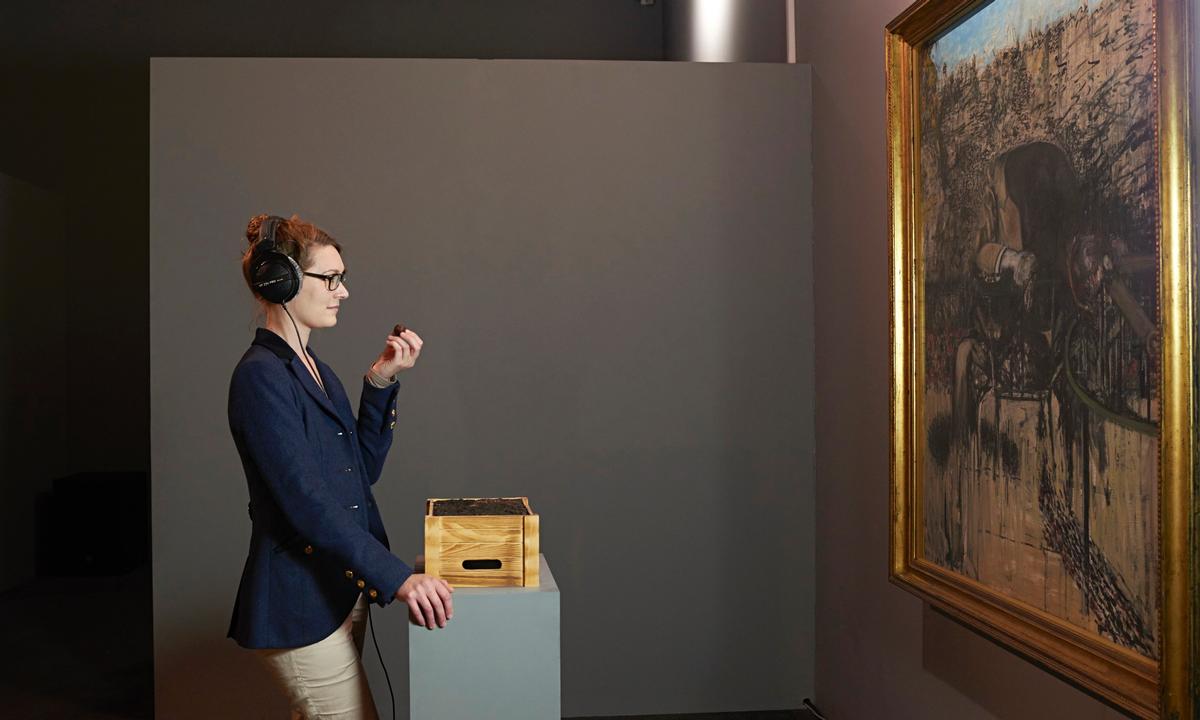
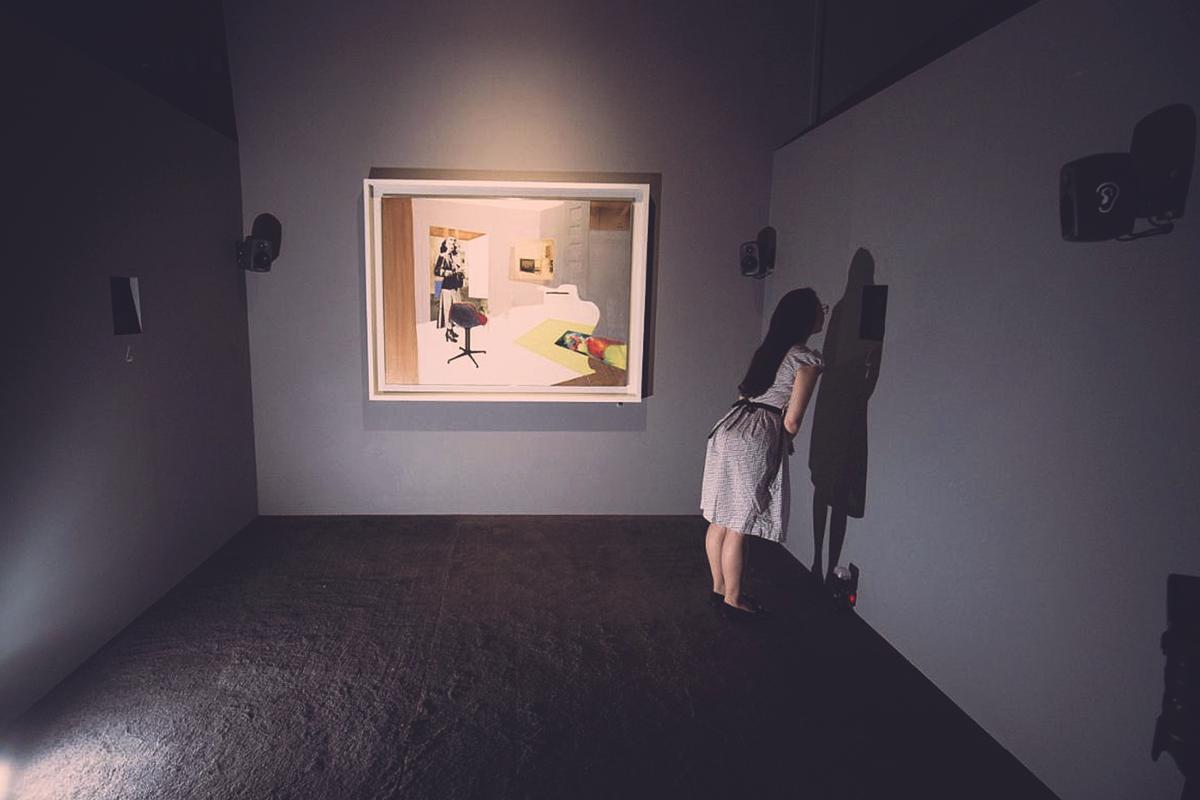
Alex Farquharson named new Tate Britain director
Tate Modern and Tate Britain both seeking new directors following double departure
Robots become guides at Tate Britain
Triumph of philanthropy as Tate Britain completes £45m renovations
Tate Britain reaches £45m refurbishment fundraising target
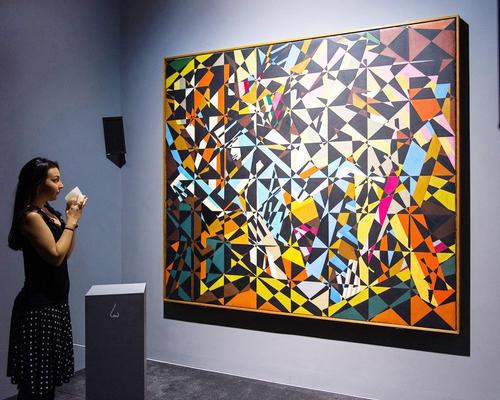
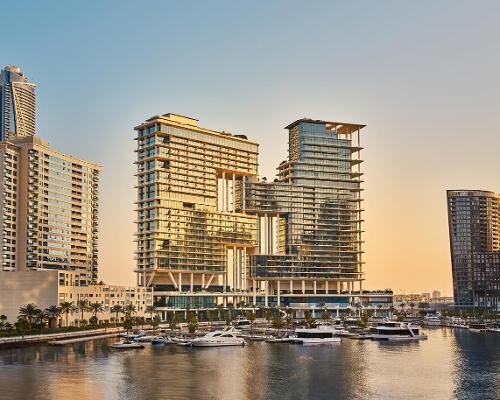
UAE’s first Dior Spa debuts in Dubai at Dorchester Collection’s newest hotel, The Lana

Europe's premier Evian Spa unveiled at Hôtel Royal in France
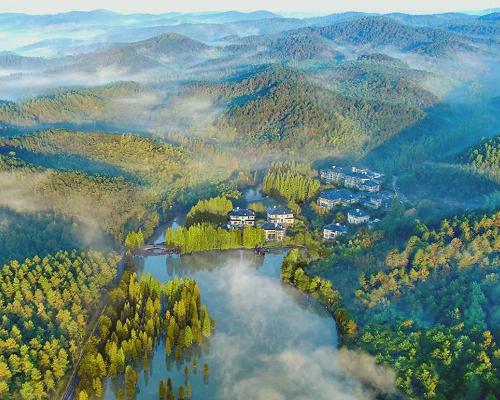
Clinique La Prairie unveils health resort in China after two-year project
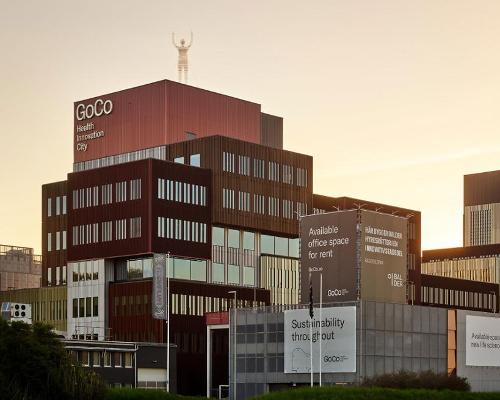
GoCo Health Innovation City in Sweden plans to lead the world in delivering wellness and new science
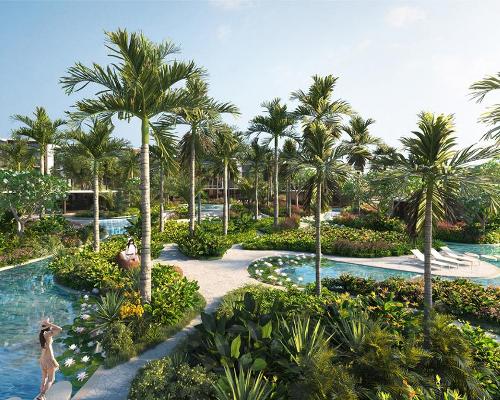
Four Seasons announces luxury wellness resort and residences at Amaala
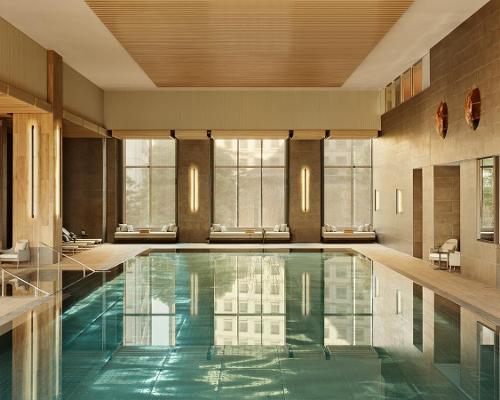
Aman sister brand Janu debuts in Tokyo with four-floor urban wellness retreat
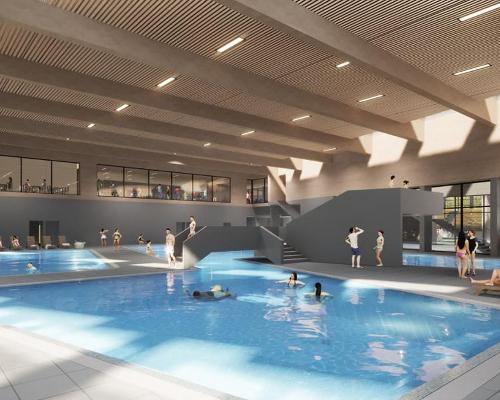
€38m geothermal spa and leisure centre to revitalise Croatian city of Bjelovar
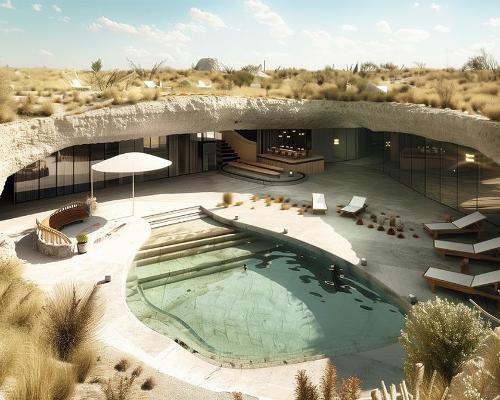
Two Santani eco-friendly wellness resorts coming to Oman, partnered with Omran Group
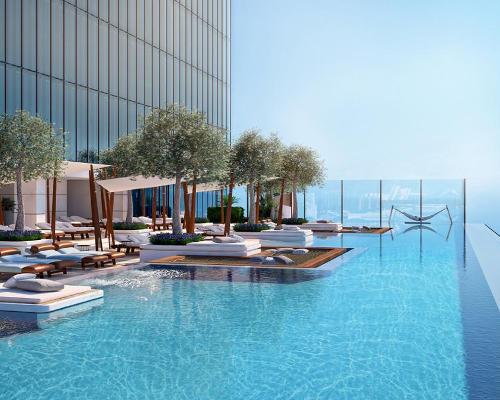
Kerzner shows confidence in its Siro wellness hotel concept, revealing plans to open 100

Ritz-Carlton, Portland unveils skyline spa inspired by unfolding petals of a rose
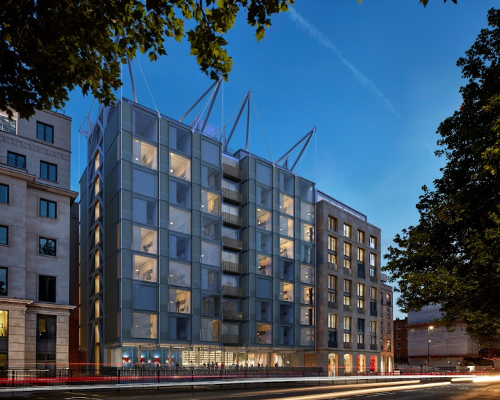
Rogers Stirk Harbour & Partners are just one of the names behind The Emory hotel London and Surrenne private members club
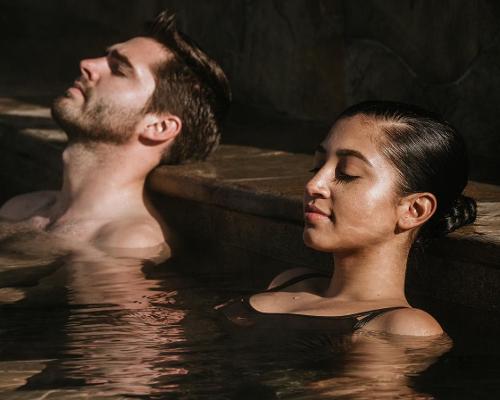
Peninsula Hot Springs unveils AUS$11.7m sister site in Australian outback
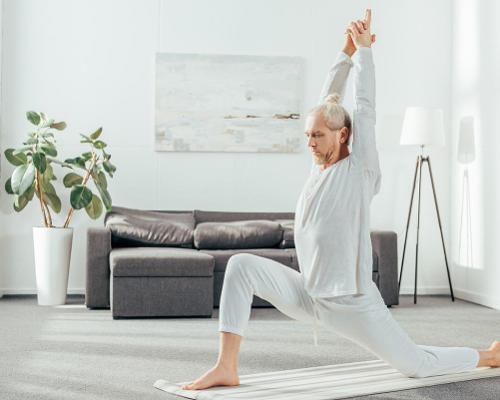
IWBI creates WELL for residential programme to inspire healthy living environments
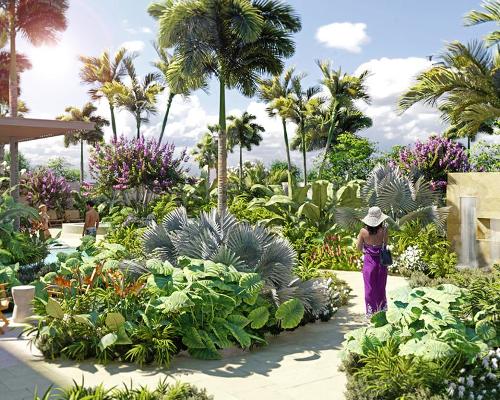
Conrad Orlando unveils water-inspired spa oasis amid billion-dollar Evermore Resort complex
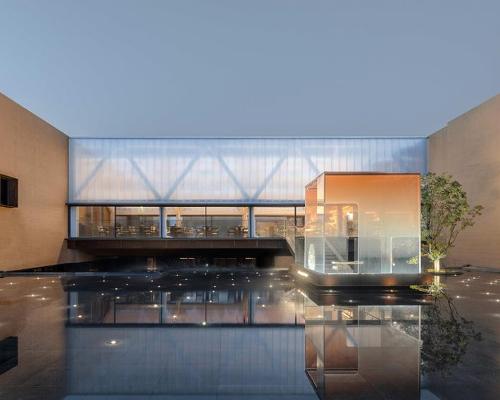
Studio A+ realises striking urban hot springs retreat in China's Shanxi Province
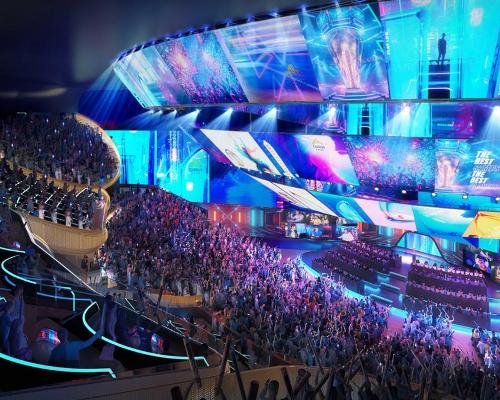
Populous reveals plans for major e-sports arena in Saudi Arabia

Wake The Tiger launches new 1,000sq m expansion
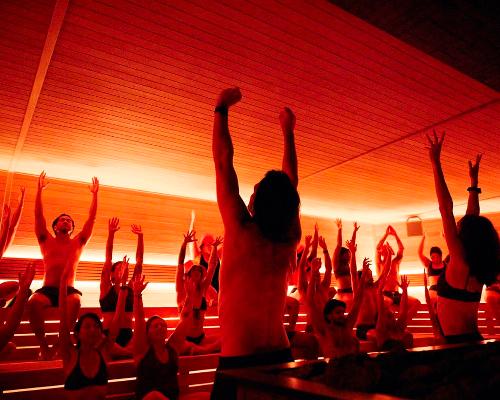
Othership CEO envisions its urban bathhouses in every city in North America
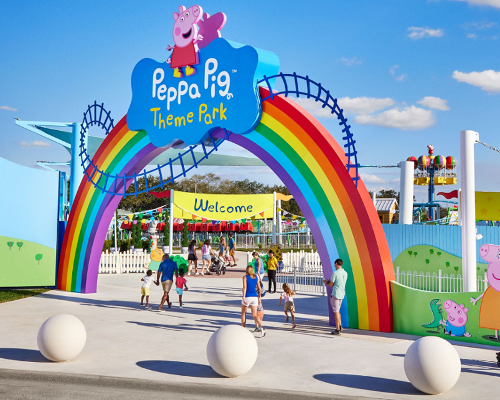
Merlin teams up with Hasbro and Lego to create Peppa Pig experiences
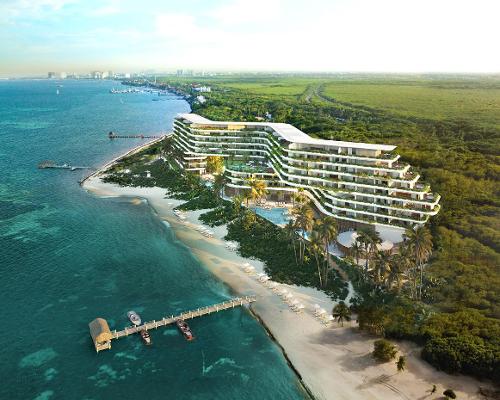
SHA Wellness unveils highly-anticipated Mexico outpost
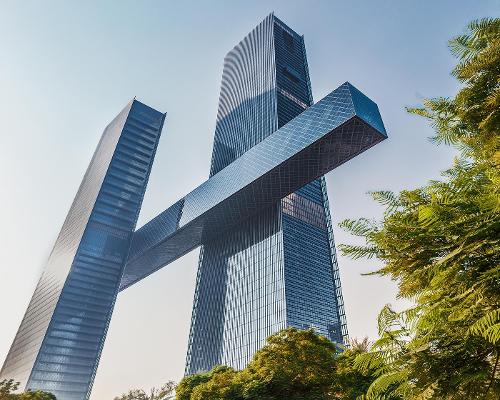
One&Only One Za’abeel opens in Dubai featuring striking design by Nikken Sekkei
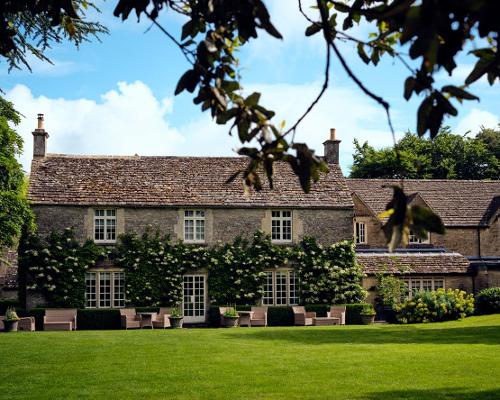
Luxury spa hotel, Calcot Manor, creates new Grain Store health club
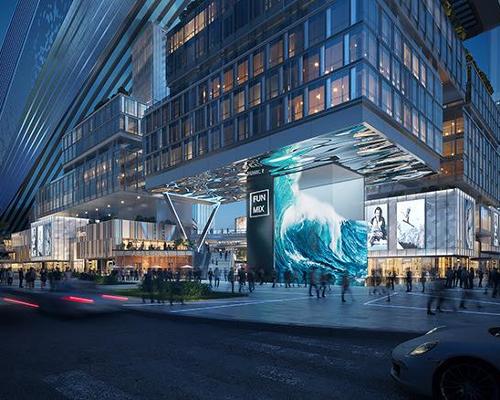
'World's largest' indoor ski centre by 10 Design slated to open in 2025
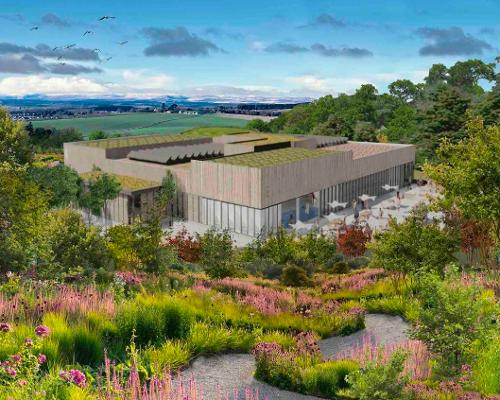
Murrayshall Country Estate awarded planning permission for multi-million-pound spa and leisure centre
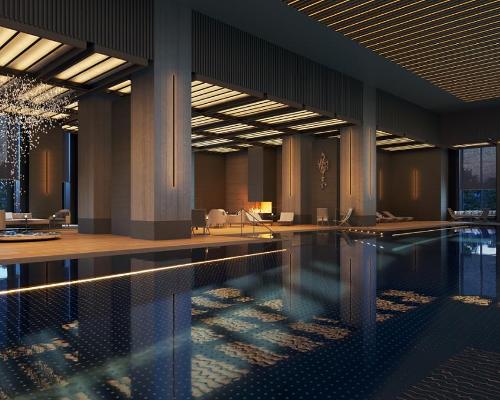
Aman's Janu hotel by Pelli Clarke & Partners will have 4,000sq m of wellness space
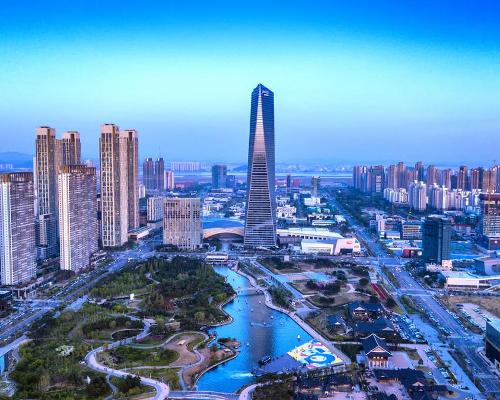
Therme Group confirms Incheon Golden Harbor location for South Korean wellbeing resort
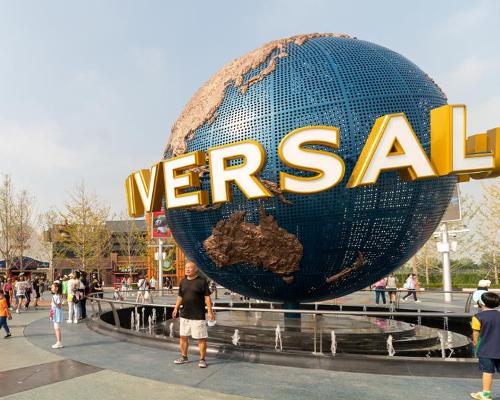
Universal Studios eyes the UK for first European resort
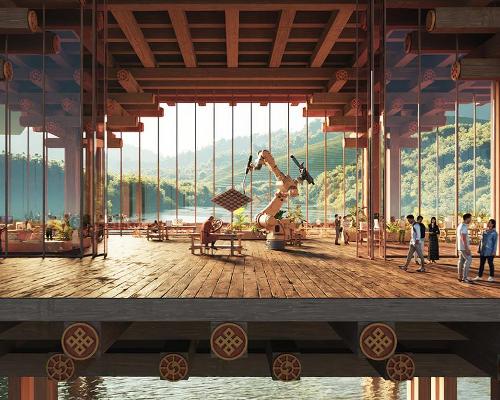
King of Bhutan unveils masterplan for Mindfulness City, designed by BIG, Arup and Cistri

Rural locations are the next frontier for expansion for the health club sector
